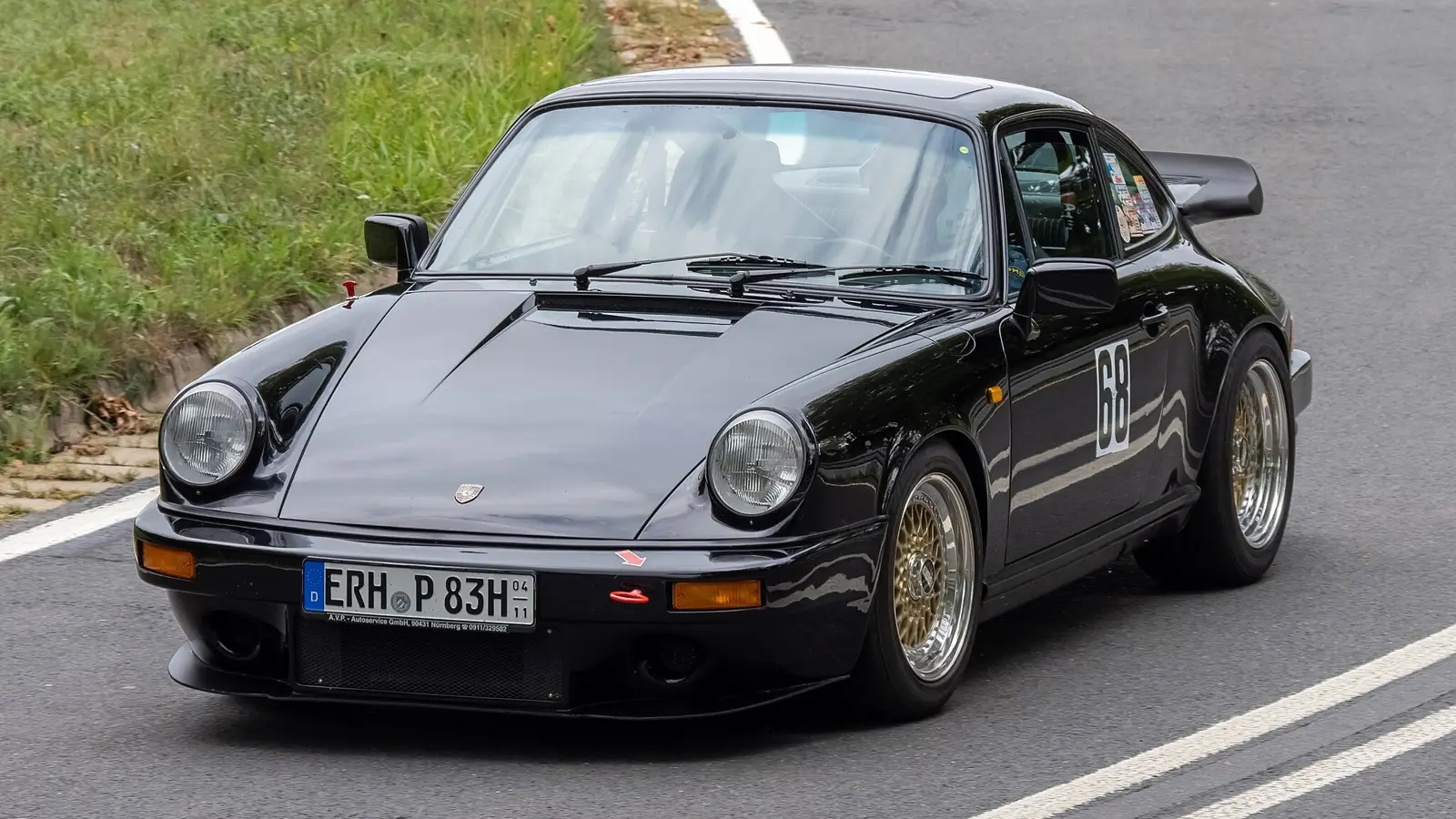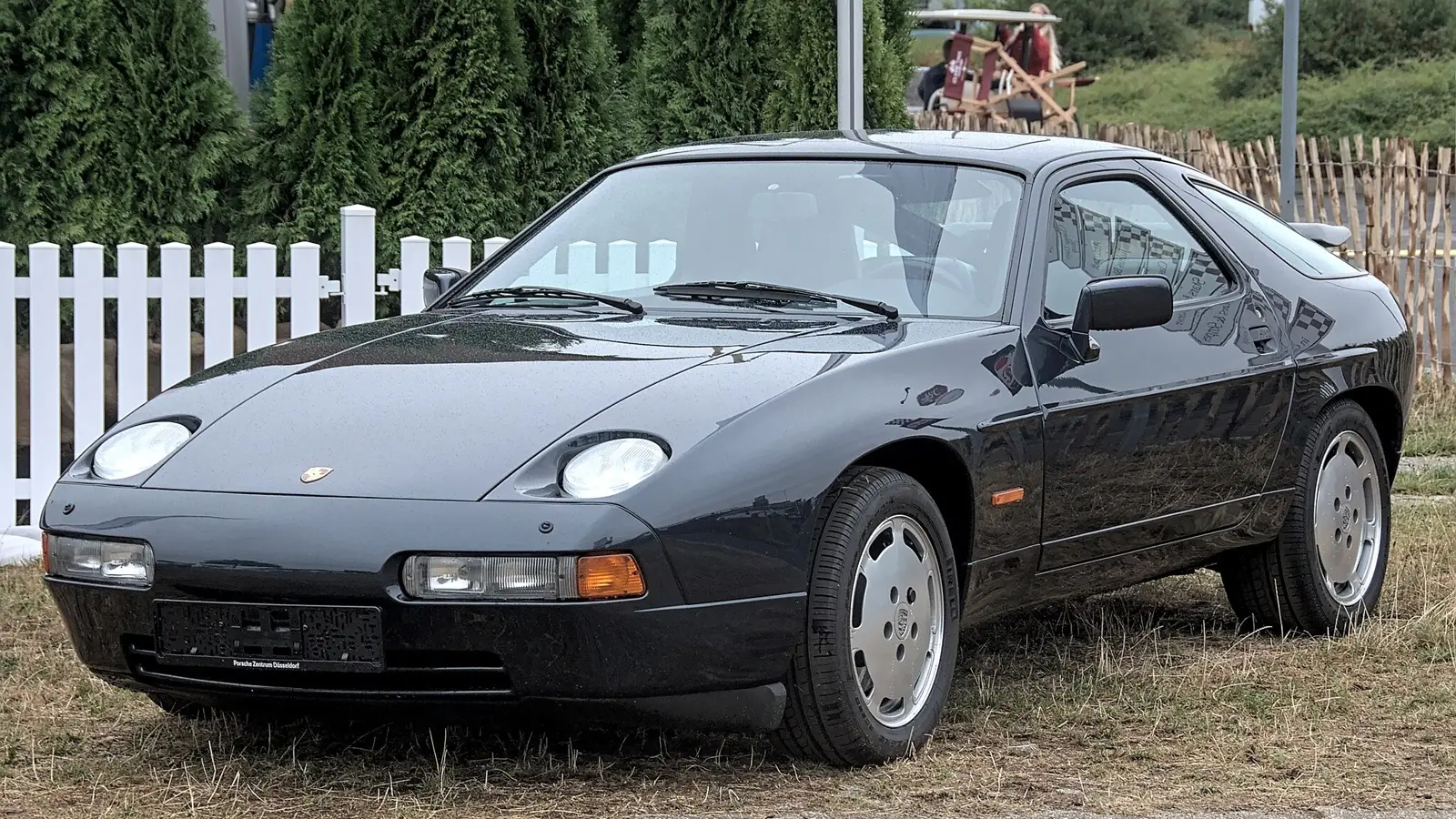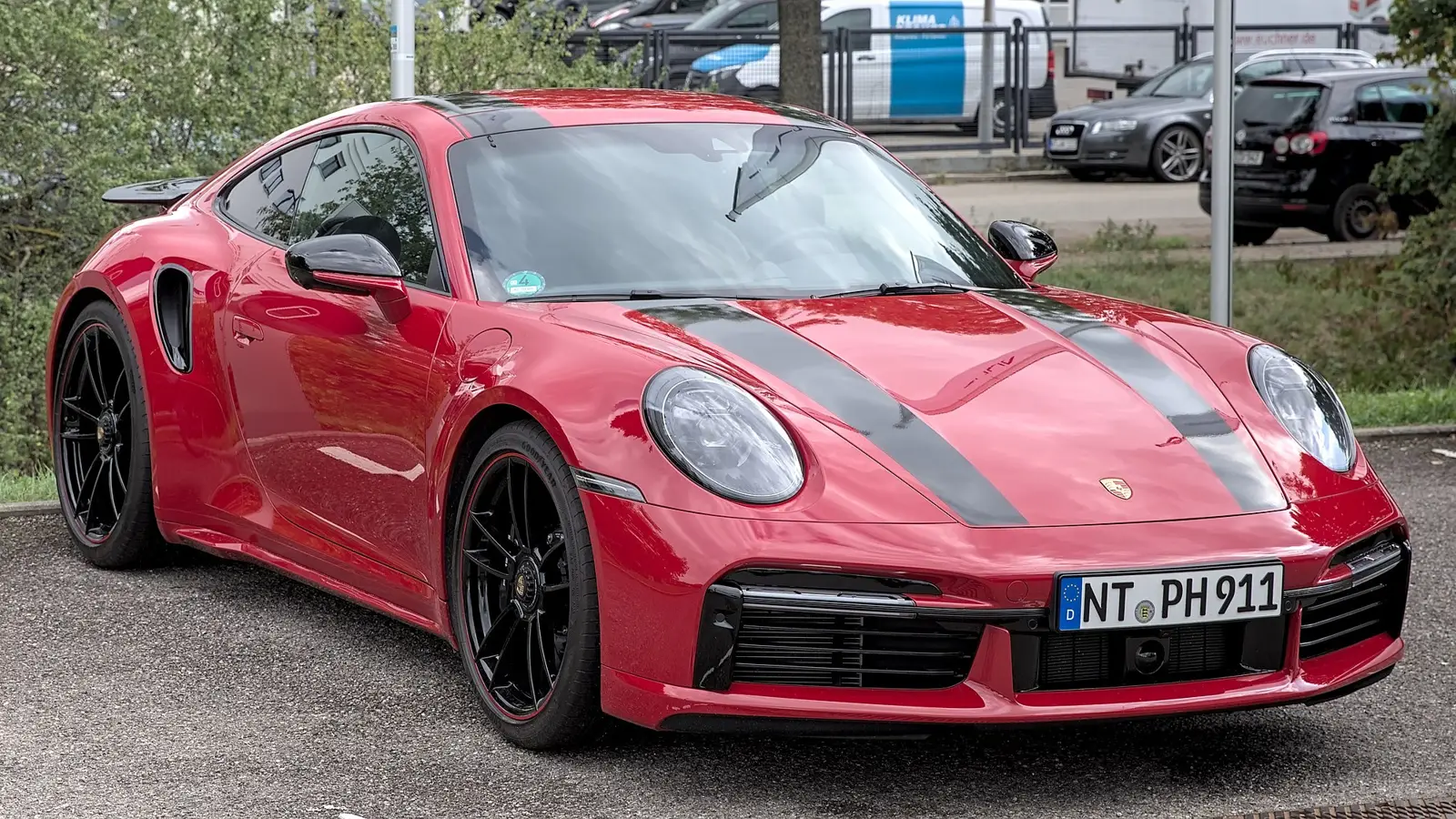Articles
The Evolution of the Porsche 911: A Legacy of Performance and Innovation

Explore the history, racing success, and future of the Porsche 911. Discover how this legendary sports car has evolved while maintaining its identity and performance-driven spirit.
The Porsche 911 is more than just a car—it’s an icon. It embodies engineering excellence, a racing spirit, and a unique identity. For nearly six decades, this model has remained relevant, evolving while staying true to its roots. But what makes the Porsche 911 so special? Let’s dive into its history, transformations, and future.
History and Evolution

The 911’s story began in 1963 when Porsche unveiled the 901 at the Frankfurt Motor Show. Due to a trademark dispute with Peugeot, the model was renamed the 911, marking the birth of one of the most recognizable sports cars in the world.
Over the years, the 911 has gone through several generations:
- Classic air-cooled versions (1963–1997): the original 911, the G-Series, and the 964. These cars were characterized by their simple construction, lightweight, and authentic design. Over time, they received technological upgrades such as fuel injection and increased engine power.
- Modern water-cooled versions (since 1998): the 996, 997, 991, and the current 992. The introduction of water cooling was a revolution for the 911, improving engine efficiency and reliability. Later generations became more technologically advanced, incorporating all-wheel drive systems, adaptive suspensions, and electronic driving aids to enhance handling and safety.
The changes affected not only technology but also the car’s dimensions—911 grew larger and more powerful while retaining its signature handling and rear-engine layout. However, Porsche engineers worked to maintain a balance, ensuring the perfect combination of performance, responsiveness, and driving pleasure.
Attempts to Replace the 911

Porsche has repeatedly tried to create an alternative to the 911. In the 1970s, they introduced the 928—a front-engine, V8-powered car. However, despite ambitious plans, it never managed to replace the legendary model. The same fate befell the 944 and 968 models.
The main reason why the 911 remained irreplaceable was its unique concept and commitment to tradition. The rear-engine layout provided exceptional handling and balance, making it indispensable both on the road and the racetrack. Moreover, Porsche fans refused to accept the idea of completely replacing the 911, as this model became not just a car but a true symbol of the brand.
Additionally, attempts to create a replacement faced commercial and technical challenges. The 928, despite its innovations, could not offer the same iconic style and driving sensations as the 911. As a result, Porsche decided not to replace the legend but to refine it, a process that continues to this day.

Racing Success
The Porsche 911 has proven its worth on the racetrack as well. As early as 1968, it won the Monte Carlo Rally, demonstrating its reliability and handling. In 1973, the Porsche 911 Carrera RS gained recognition in GT racing, followed by a victory for the 911 RSR at the Targa Florio.
In 1979, the 935 model triumphed in the overall classification at the 24 Hours of Le Mans, making it the only 911 variant to win this legendary endurance race outright. Over the following decades, the Porsche 911 continued to dominate in various racing series, including IMSA, FIA GT, and the 24 Hours of Daytona.
The 911 GT3 and GT3 R became integral parts of world motorsport championships, while the 911 RSR regularly competes for podium finishes in endurance racing, including modern versions of Le Mans and the WEC. Today, the 911 remains one of the most successful cars in motorsport history.
Key Features of the Model

The 911 is instantly recognizable by its silhouette, boxer engine, and rear-engine layout. Major milestones include the introduction of turbocharging in the 1970s and the transition to water cooling in 1998. Versions such as the GT3 and GT2 showcase the model’s full potential.
Porsche 911 GT3 – This version is designed for the track. It is equipped with a naturally aspirated engine (without turbocharging), making it more predictable and responsive to throttle inputs. The GT3 features a lightweight construction, aggressive aerodynamics, a stiff suspension, and a minimalist interior designed for maximum control at high speeds. This car is built for racing but remains road-legal. It provides pure driving pleasure thanks to its precise steering and rigid suspension setup.
Porsche 911 GT2 – A more extreme variant equipped with a turbocharged engine, making it significantly more powerful. The GT2 serves as a bridge between road-going 911s and true race cars. Due to its immense power (in some generations, the GT2 has nearly twice the horsepower of the GT3), it is much harder to drive and requires a highly skilled driver. Unlike the GT3, the GT2 is less track-focused and more oriented toward top speed and acceleration. It offers maximum performance for adrenaline seekers.
The Future of the 911

The world is changing rapidly, and the Porsche 911 is adapting along with it. The company is considering hybrid technologies but remains committed to preserving the model’s key elements. Will the 911 remain a rear-engine sports car with an internal combustion engine? Time will tell, but one thing is certain: this legend has not yet spoken its last word.
2025, Mar 05 18:04


